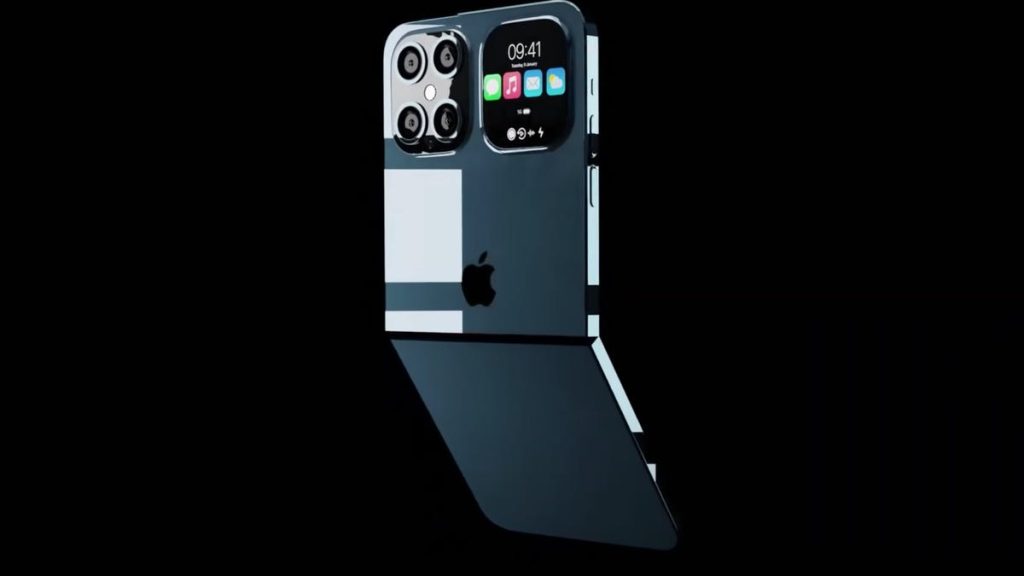Apple has been rumored to be working on a foldable iPhone for years, but with no official announcement yet, it is likely that they will eventually join the foldables market. While other companies like Samsung, Motorola, and Xiaomi have released foldable phones, none have truly excited consumers. The novelty of a bending screen wears off quickly, and the software and apps available for these devices do not fully utilize the potential of the folding format. Apple will need to focus on software development to ensure that the iPhone Flip offers more than just a regular iPhone with a bendable screen.
One of the key areas where foldable phones have fallen short is in software innovation. While the hardware is impressive, the software has not evolved to fully utilize the folding display. Google’s Pixel Fold devices have also not introduced significant software features to take advantage of the folding format. Apple’s strong relationships with developers could give them an advantage in creating killer apps that showcase the true potential of foldable phones. By focusing on software development, Apple can differentiate the iPhone Flip from existing Android foldables.
In addition to software, Apple will need to ensure that the hardware design of the iPhone Flip stands out from the competition. Many existing foldable phones look similar in design and form factor, with little to distinguish between them. Apple has a history of innovative product engineering, and they will need to leverage this expertise to create a foldable iPhone that is truly unique. By observing the evolution of foldable technology from other companies, Apple has the opportunity to learn from their mistakes and deliver a groundbreaking product.
Another important aspect for Apple to consider is the specifications of the iPhone Flip. While many existing foldable phones compromise on specs compared to their non-foldable counterparts, Apple should not skimp on hardware features. The iPhone Flip should be packed with the latest technology, similar to the Pro models, to ensure that it can compete with other flagship smartphones. This includes a top-notch camera setup, powerful processor, and advanced features like ProRaw imaging and ProRes video capture.
In order to appeal to a wider audience and attract developers to create apps for the platform, Apple will need to offer a range of iPhone Flip models at different price points. While a high-end elite model with all the bells and whistles may attract early adopters, a more affordable option that still offers the folding experience without breaking the bank will appeal to a larger market. By addressing both ends of the value equation, Apple can increase the adoption of the iPhone Flip and encourage developers to create innovative apps for the platform, solidifying its position in the foldables market.
Overall, Apple has the opportunity to revolutionize the foldables market with the iPhone Flip, leveraging its expertise in software development, hardware design, and ecosystem integration. By learning from the mistakes of existing foldable phones and focusing on delivering a unique and innovative product, Apple can differentiate itself from the competition and establish the iPhone Flip as a must-have device for consumers.












